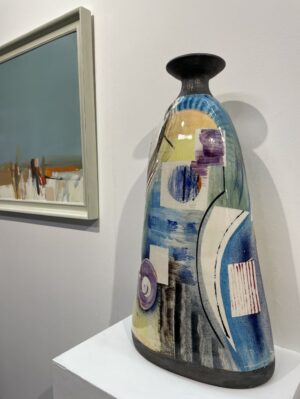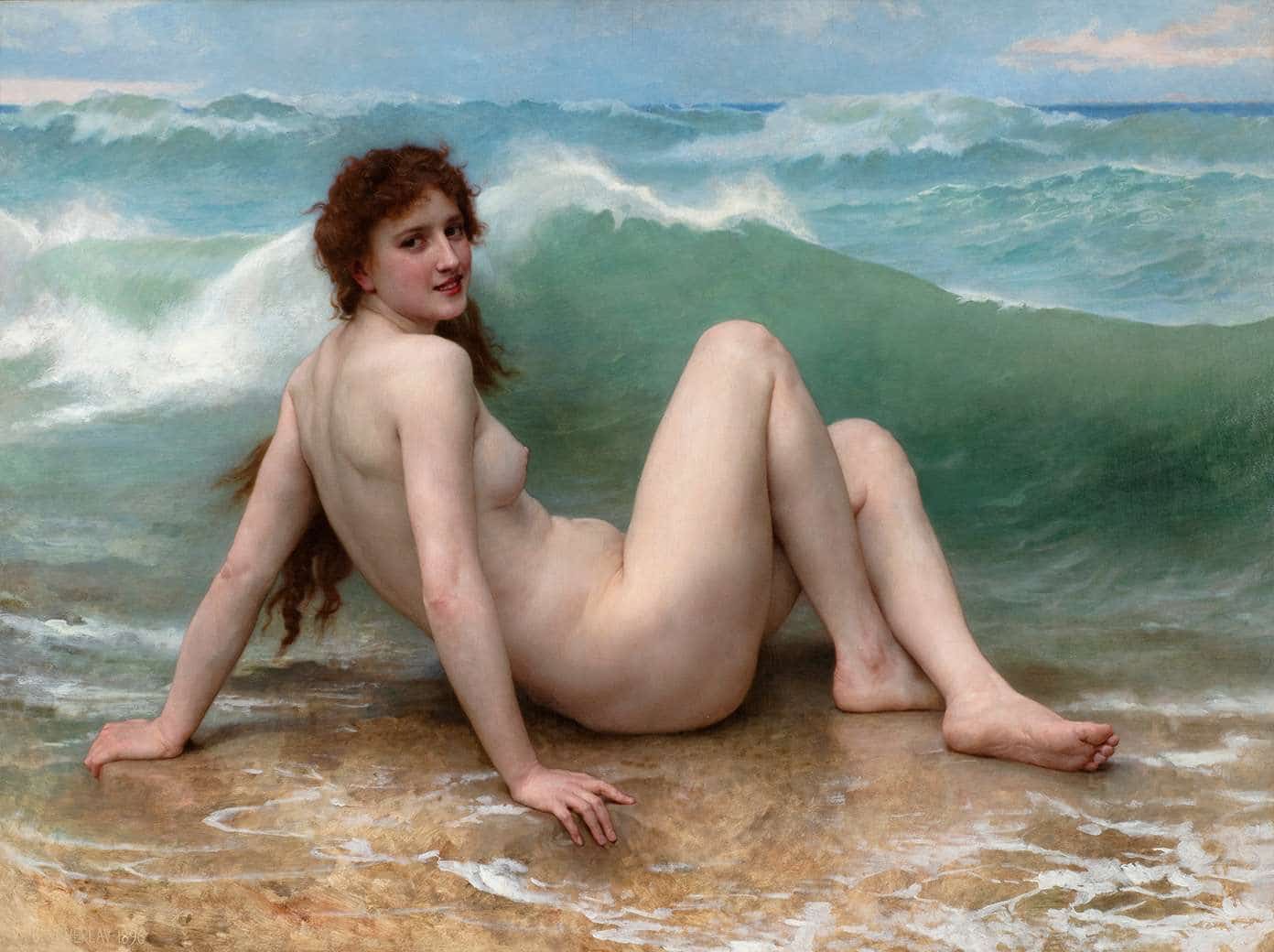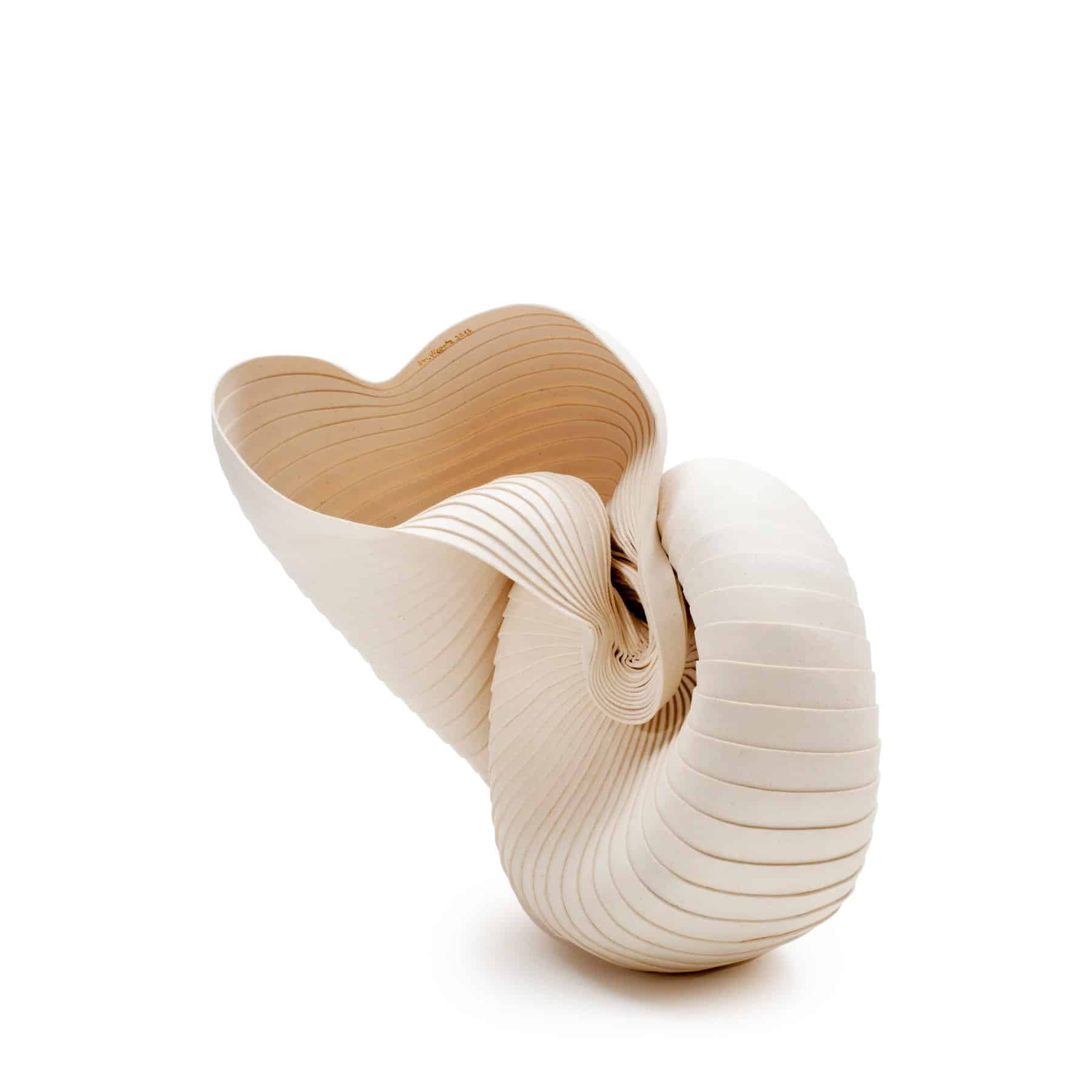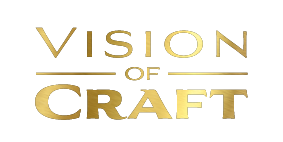
Why Diversify Investment and Invest in Art?
Investing in art is a great way to diversify your investment portfolio. However, it has its pitfalls, so make sure to employ an art consultant and invest in something you truly cherish.
Are You Questioning the Safety of Your Investment Portfolio?
The importance of developing an impressive investment portfolio is undeniable. However, investors have become more conservative with where they put their money due to increasing investment fraud and fraudsters on the loose. Thus, more and more, they are looking into investing beyond traditional investments.
Current trends show that art is becoming a popular way to diversify investments. Long regarded as a luxury and hobby only available to the wealthy and avid collectors, art no longer belongs to the domain of eccentric art enthusiasts and connoisseurs of fine arts. Instead, it makes an aesthetically pleasing and beautiful investment strategy.
This article introduces why it can be fun to diversify investment and invest in art, its potential risks, and how you can invest wisely in art. So let us dive right in!
Art Investment is the New Trend.
Andy Warhol, an American visual artist, famously said that making money is an art. While this statement is exceedingly accurate, the opposite is highly relevant these days!
The question is no longer whether art should be part of a wealth management offering but how it can be implemented effectively. The quote is taken from Deloitte Art and Finance Report 2021
Over the last five years, 88% of wealth managers suggest apportioning part of their investment portfolio towards art.
Let’s look back at the financial recession of 2008. Despite the most significant economic downturn in history, the fine art market reached new heights, and the demand for masterpieces shot to $2.2 billion.
In 2015, the money continued to flow into the art market, making it worth $4.2 billion. Since then and throughout the last few years, art has remained one of the most lucrative investments. In 2018, the Wall Street Journal declared art the best investment class of the year.
Why are Art Investments Worth it?
When it comes to stability and market performance, fine arts have a league of their own. According to the Art Basel Annual report, the global art market made a revenue of more than $65 billion in 2021. One of the significant perks of art is that it rarely takes a dramatic hit the way stocks do, and its value doesn’t rise or decline with the stock market. Remember that art is a long-term investment with a time window of 10 years or more. In addition, many art investors include paintings in their assets to pass on to their heirs.
Like any other investment, it can be risky due to the lack of dividends, high acquisition costs and potential destruction of the assets if not handled with care or stored correctly, but it is mostly safe and lucrative.
How to Invest Wisely in Art?
Art investments can be challenging since it is highly illiquid. The factors determining the value of artwork are the demand and a shortage of supply, the artist’s exhibition history, career level, size, and sales history.
An original or limited-edition print is worth more, as it is one-of-a-kind work that becomes more valuable as time passes. The more valuable artwork is, the more prestigious your ownership. One of the most innovative ways to diversify investment is by dedicating 10% – 20% to art. But start by selecting what you like among the most promising artists and monitor their progress regularly. To invest in art is never too late. Every year talented and potential artists graduate from art schools globally. This will determine different levels of investment, such as emerging, established, recognised, brand-name and high value.
Start by deciding how much you are willing to spend and afford to lose in case the artwork depreciates. Don’t forget to include the potential maintenance and storage costs unless you buy for love and display it. Next, utilise the internet to research the artist, investigate past exhibitions and auctions, and discover facts about the rarity of the artwork through online resources such as Artnet and Artpiece. If a similar artwork has sold well, it means you have a good deal.
Bottom Line.
Art is an enjoyable and worthy investment, but it is not an easy task. There are several factors to consider before you invest. First, it is essential to familiarize yourself with everything about art. Since it is impossible to determine the exact value of an artwork, it mostly depends on the artist’s reputation and the economy. Hence getting help from an art consultant before you diversify your investment with art is advisable.






